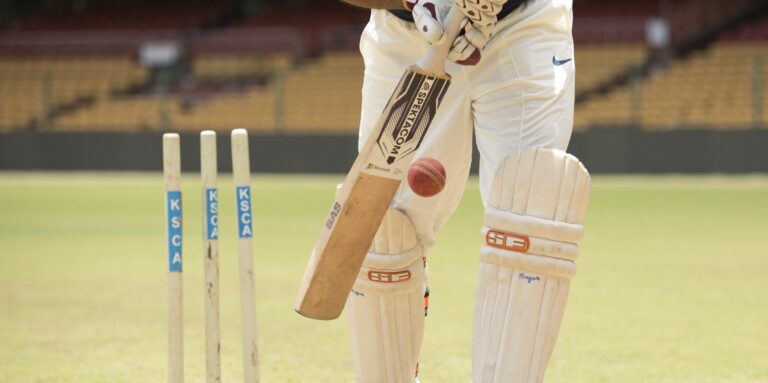The Psychology of Team Dynamics in Cricket: Laser book 247, Silverexchange, 11xplay pro
laser book 247, silverexchange, 11xplay pro: Team dynamics play a crucial role in the success of any cricket team. The psychology behind team dynamics in cricket is a fascinating subject that can greatly influence the performance and cohesion of a group of players. Understanding how individuals interact within a team setting can help improve communication, morale, and overall team effectiveness on the field.
1. Importance of Team Dynamics
Team dynamics refer to the way team members interact with each other, both on and off the field. It includes their communication styles, leadership roles, decision-making processes, and overall team cohesion. Strong team dynamics can lead to better collaboration, trust, and support among team members, ultimately improving performance on the cricket field.
2. Communication
Effective communication is key to successful team dynamics in cricket. Clear and open communication allows team members to express their ideas, needs, and concerns, leading to better understanding and cooperation. Encouraging open dialogue among players can help resolve conflicts, clarify goals, and foster a positive team environment.
3. Leadership
Strong leadership is essential for maintaining team dynamics in cricket. A good captain can inspire and motivate team members, set clear goals, and provide direction during matches. Leadership roles can also emerge within the team, with players taking on responsibilities based on their strengths and experience.
4. Trust and Support
Building trust and support among team members is crucial for a cohesive team dynamic. Trusting teammates to perform their roles effectively can help reduce anxiety and improve performance under pressure. Offering support and encouragement to each other can boost morale and create a sense of unity within the team.
5. Conflict Resolution
Conflict is inevitable in any team setting, but how it is managed can greatly impact team dynamics. Encouraging open and honest communication when conflicts arise can help address underlying issues and prevent tensions from escalating. Finding common ground and working towards a solution together can strengthen team relationships and improve overall cohesion.
6. Team Bonding
Team bonding activities can help foster friendships and build camaraderie among players. Spending time together off the field can strengthen relationships, improve communication, and create a sense of unity within the team. Team building exercises, social events, and shared experiences can all contribute to a positive team dynamic.
FAQs
Q: How can team dynamics affect performance in cricket?
A: Strong team dynamics can lead to better communication, trust, support, and cohesion among players, ultimately improving on-field performance.
Q: What can individuals do to improve team dynamics?
A: Individuals can focus on effective communication, leadership, trust-building, conflict resolution, and team bonding activities to enhance team dynamics in cricket.
Q: Why is trust important in team dynamics?
A: Trust ensures that team members can rely on each other, communicate openly, and work together towards common goals, leading to a more cohesive and successful team.
In conclusion, understanding the psychology of team dynamics in cricket is essential for maximizing team performance. By focusing on communication, leadership, trust, support, conflict resolution, and team bonding, players can create a positive and effective team dynamic that enhances their overall success on the field.







